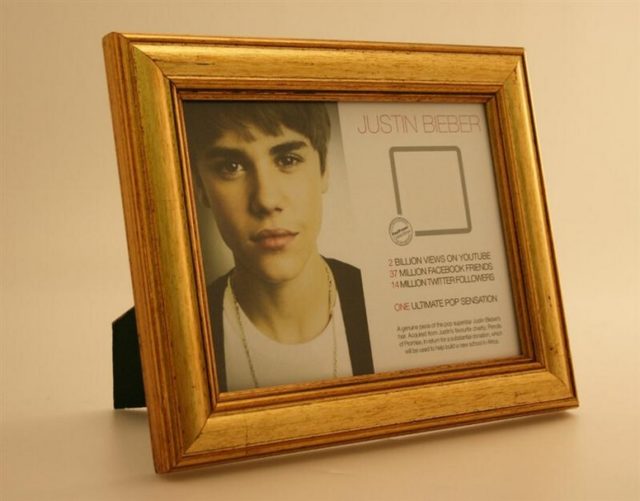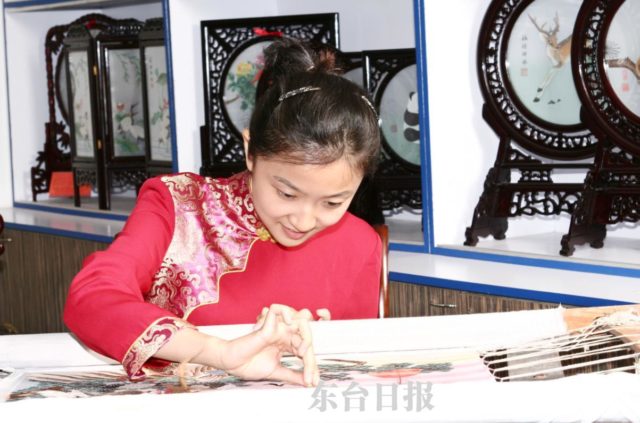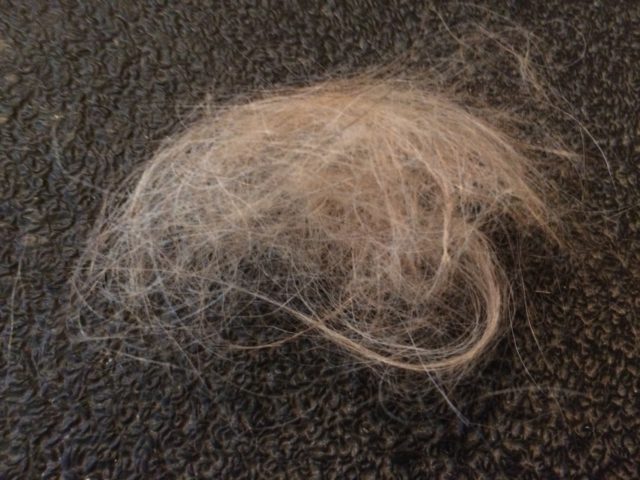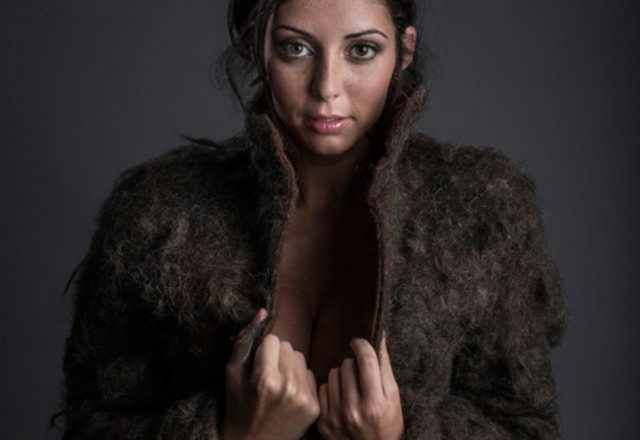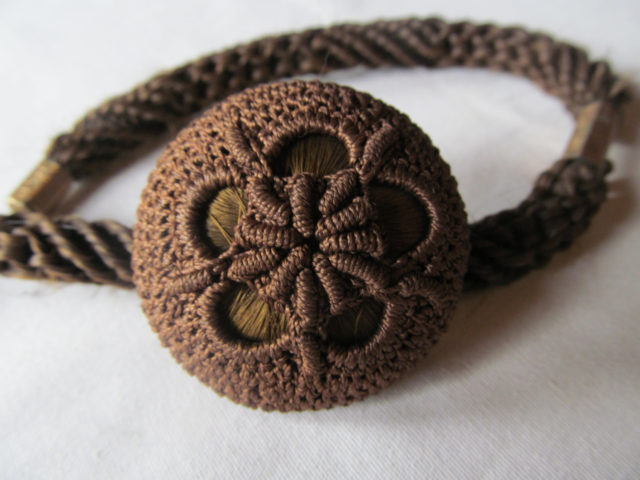Modern western society tends to view shed hair with all the tolerance it affords a dead rodent, as you may know if you’ve ever heard your mother shouting, “Why is there a capybara in my shower drain?” But some shrewd thinkers have started to see the hidden merits of human hair. They view it as a viable resource and look for practical ways to use it. And some of their best (and oddest) ideas come straight from the pages of history.
10. Holy Relics
One of the first get-rich-quick schemes was the sale of fake “holy relics.” Relics could include morbid keepsakes like a tooth, scrap of clothing, finger or lock of hair from a saint. In the Middle Ages, these grisly tokens were in great demand but were often fake. The macabre highlight of this scheme is that fake relics were sometimes from real people. No one but the con man who sold them will ever know who the mummified fingers and severed curls really belonged to! Some religious groups still use relics, but fact-checking is a lot easier today. However, some religious leaders don’t really seem to care whether relics are authentic or not. Religious feeling, they reason, is more important. It sounds like the fake-relic scam is due for a revival!
A modern version is the sale of celebrity hair. You can buy “authentic hair” online that’s said to come from figures like Neil Armstrong, George Washington, Paul McCartney, Marilyn Monroe, JFK, Justin Bieber, and even the King himself, Elvis Presley. Is it for real? Well, there’s only one way to find out: let’s ask Paul and Justin if they have anything to do with this nonsense.
9. Incense
Anyone who’s leaned too close to a lit birthday cake will recall the acrid stink of singed hair. What sort of masochist would want to smell that stench in incense? Well, in India, incense was historically of two kinds. One was as pleasantly aromatic as you’d expect. Lovely plants like ginger, fragrant leaves and gums were used for this type. It was meant to appease demons or spirits. If the spirits were doing something you didn’t like, you’d try this first.
The other sort was meant to repel spirits. It was often made of not just human hair, but other nasty things like pig manure and horse hair. If a spirit or demon couldn’t be appeased, this was the next line of defense. It was hoped that any self-respecting demon would flee in terror from the smell, much like any self-respecting human. Similar mixtures were also used as a remedy for fainting. This may be a case where the cure is worse than the affliction.
8. Fertilizer
Feeding your crops with human hair and excrement may sound like an extreme survival story, but it was standard in ancient Chinese farming. It sounds unsafe, but hair is relatively harmless and full of nutrients. It contains 15% nitrogen (compared to chicken manure at 4.6%) but doesn’t burn plants. In some situations, hair fertilizer is comparable to chemical fertilizer. It works best as a long-release treatment though, because your ponytail can take years to compost. If you want to feed your hair to a house plant, chop it finely first. That will help it break down faster.
7. Family “Hairlooms”
One tiny tribe in China came up with the world’s most creative hand-me-down: their great- grandmothers’ hair. Each woman of the Longhorn Miao tribe combines the lengthy locks of her ancestors with other natural fibers to form a huge, ropelike mass. This is then wrapped in a figure-eight shape around a pair of “horns” worn on her head. Real animal horns were once used, but now pieces of wood in the same shape take their place. Wrapping 10 pounds of hair onto them can be a nearly hour-long process. Such an extreme hairstyle is usually worn on holidays, but it’s sometimes shown to curious visitors as well. Their ancestor’s hair is often the most precious object these women own, valued even above their detailed and colorful embroidery. The tribe, isolated for hundreds if not thousands of years, continues its hand-me-down custom to this day.
6. Embroidery
Dongtai hair embroidery is another old Chinese custom. In contrast to the Longhorn tribe’s colorful handiwork, this art started out black-and-white. It began over a thousand years ago with a purist form that uses only naturally colored black human hair to stitch designs onto white silk. At first these creations only featured pictures of Buddha, which young girls would stitch with care to show their devotion. More recent pieces show scenes full of ancient Chinese symbolism. Over time, a colored variation developed as well. Both branches of the neglected art form nearly faded to oblivion in the past century, but a few artists are trying to revive it. With around 30 companies marketing the craft in its home province of Jiangsu, hair embroidery has a chance at a comeback.
5. Medical Sutures
From the Mayans and the ancient Romans to the present day, human hair has a long history in the field of suturing. It’s fallen out of favor in modern Western practice, but at the turn of the twentieth century it was still in use by some American doctors. It allegedly worked quite well, and didn’t cause infections. Despite its history, hair suturing probably doesn’t have a future in developed countries. It shows promise, though, as a solution for those with less access to healthcare. An Indian medical college has performed tests on human hair to see if it’s practical and effective as suture material for developing countries, and so far the results are optimistic.
4. Music
The Mangyans live on an island in the Phillipines called Mindoro. Their folk music tradition birthed the git-git, a bowed instrument strung with human hair. It compares to the violin in both function and looks. The git-git was only used by young men when they went courting. Serenading was an important part of courtship; young men had to both sing and play musical instruments during the process.
In addition to the git-git, the young men would sometimes also play the kudyapi’, which is basically a six-stringed guitar. In Western society, both violins and violin bows have sometimes been strung with human hair as well. This is usually more of a publicity stunt than a practical means of making music, though. Hair isn’t as strong as the steel-core violin strings usually used. Because of this, human hair works better for folk music than orchestral music, which calls for more sound.
3. Pest Control
Human hair has been used for centuries to repel animals and control pests. It’s used differently on different kinds of animals. It works on moles by annoying them enough to drive them away. To deer, just the scent of humans is alarming. Rhinoceros beetles in India can be trapped by a simple ball of human hair. Farmers place it at strategic points on the tree, the beetles try to walk over the hairball to get at the crop, their spiky legs get tangled up and they can’t move! The Old Farmer’s Almanac even cites a strategy to repel rabbits by encircling a garden with human hair. The rabbits, like deer, will only be scared off if they’re wild. In the suburbs, where the smell of humans is everywhere, rabbits and deer will adapt to its presence. So if you’re thinking of making a rabbit-repelling hair fence, only bother if you’re out in the country.
2. Clothing
Using human hair in fabric is traditional in both India and China. Knowing that pure hair fabric would be too rough, they blend it with softer animal hair and wool. The reason it’s so rough is that human hair is thicker than other fibers used in clothing. Spinning it into thread makes some of the coarse, stiff ends stick straight out. The high prickle factor that results is not ideal for clothing. Imagine a pair of shorts made of the stubble of a three-day-old beard! It’s not exactly what you want rubbing against your sensitive skin, is it?
In modern Western society, clothing made of human hair is quite a novelty. It’s usually used in cutting-edge or alternative designs. But during World War II, human hair was seen as a viable substitute for other fibers in short supply. The bolts of cloth on display at Auschwitz are a grisly woven memorial to the horrors of the Holocaust. The cloth didn’t originate as a memorial, but was created as part of everyday trade agreements by the Nazis. The Nazis traded their prisoners’ hair to German factories, which mixed it with various fibers to make fabric.
1. Jewelry
Human hair was one of the oddest passions of the Victorian age. People gave each other locks of hair to show affection. They made accessories of it and even sent bits of their hair to one another on postcards. It must have been a bad time to live if your hair was already thin!
Hair work was just as popular as knitting and crocheting. Several different techniques were used, such as table braiding and arranging individual strands into “paintings” on ivory brooches. Incredibly fine and detailed work was the result of this obsession. Pieces such as bracelets, rings, earrings, necklaces, brooches, chains and shawl pins were made of hair, as well as accent pieces like handbags and bookmarks. Many of these are now on display in a hair museum, which looks as creepy as it sounds. The Victorians sometimes embroidered with hair too, but they weren’t as fond of it as the ancient Chinese were. They would rather stitch with normal thread. Considering all the things they made out of hair, they wouldn’t have had much extra to fuel their cross-stitching!
